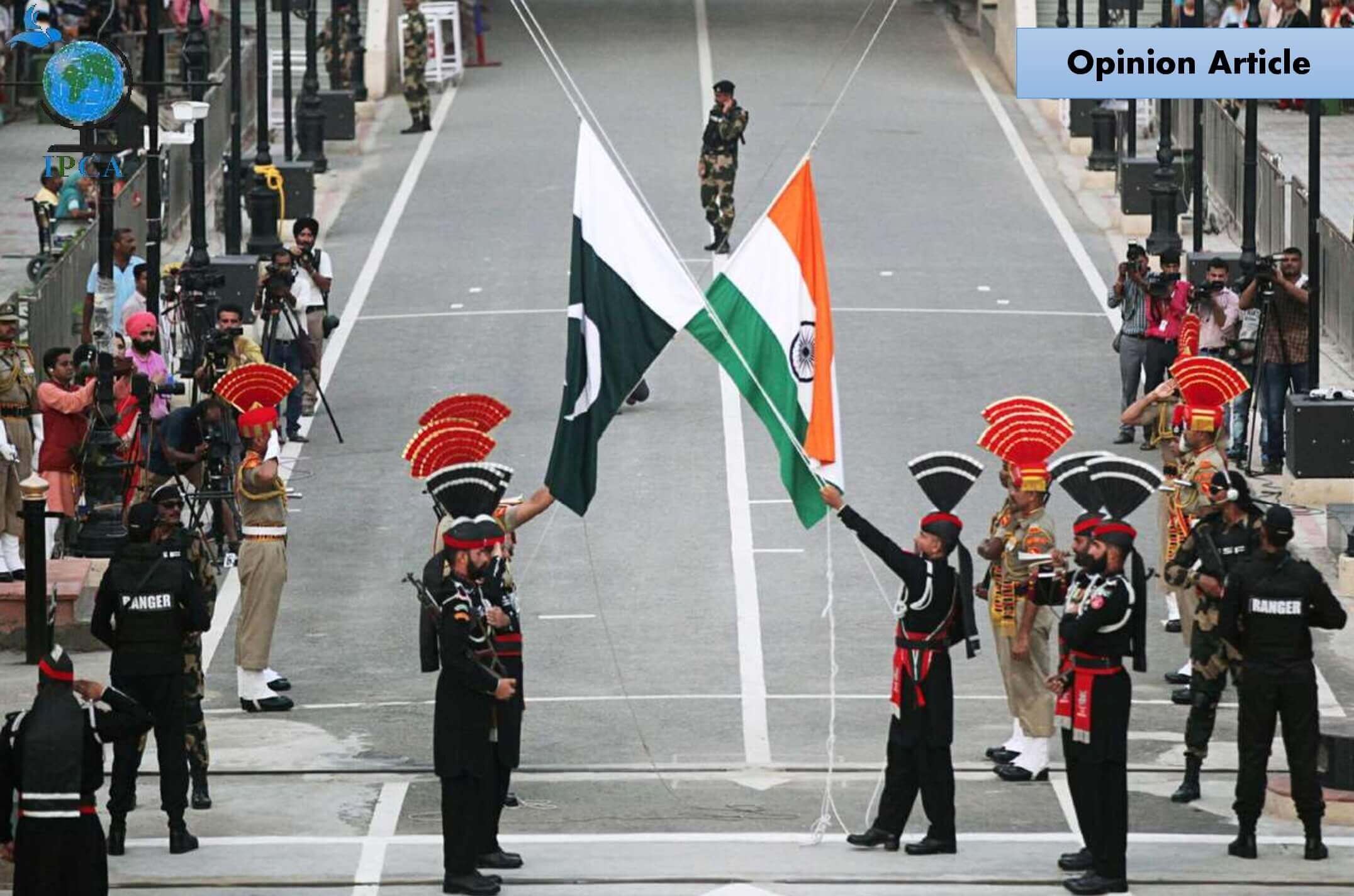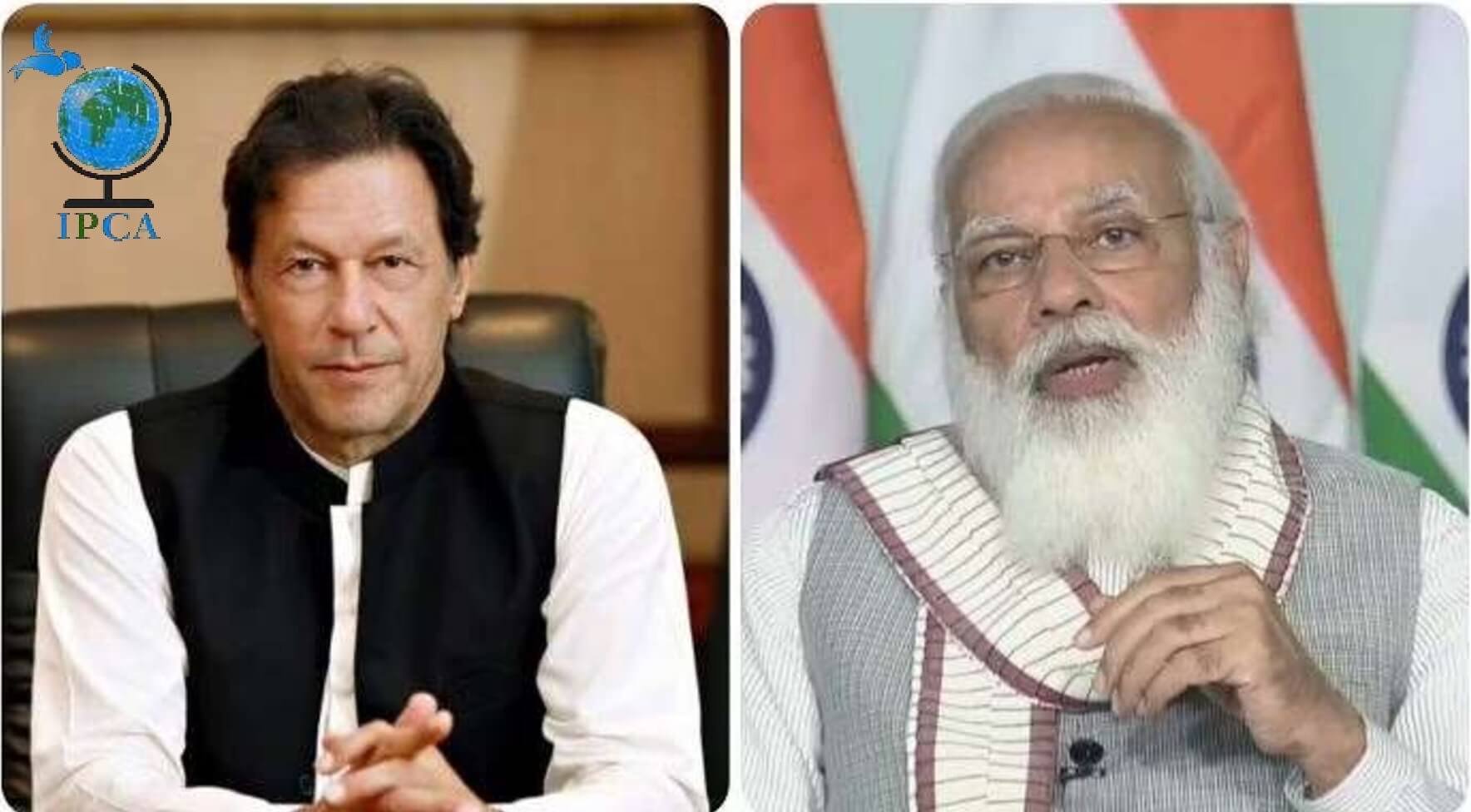The Simla Agreement was signed on July 2, 1972, between Pakistan and India, and it has turned 50 years old agreement between the two states in January 2023. The agreement is divided into two sections. The first is about the nature of Pakistan-India relations, while the second is about the status of the Princely State of Jammu and Kashmir. It was still argued that the agreement was worth holding because it conveniently obligated the two countries to settle the Jammu and Kashmir dispute peacefully. Whatever India did, it could not escape the reality of the Kashmir conflict. India would eventually recognize the importance of resolving the dispute, and the Shimla Agreement might well prove invaluable.
The Governments of India and Pakistan are determined that the two countries put an end to the conflict and battle that have harmed their relations and work for the establishment of a friendly and harmonious relationship, as well as the establishment of strong peace in the key, so that both countries can now devote their reserves and powers to the pressing task of advancing the stripe of their people.” This statement is simply an expression of both signatory states’ determination to end conflict and establish peace in order to better serve their people.
Regardless, the ground realities do not inspire significant substitution. Throughout the last fifty years, India has easily has been using the Shimla Agreement to mislead and obstruct the Kashmir situation. On August 5, 2019, it crossed the redline, rendering the Shimla Agreement literally insignificant. India would always overlook and call the accusations null and void; whenever, Pakistan brought up Kashmir in various transnational media outlets, criticizing the latter for violating the Shimla Agreement. As a result, it is critical to reinterpret the agreement and put the recurring misunderstandings to rest. The agreement’s Constitution 1(1) binds the two countries to conduct their bilateral relations in accordance with the principles and purposes of the UN Charter.
According to Article 1(2) of the Constitution, the two countries must express their “determination to settle their controversies peacefully through bilateral accommodations or any other peaceful means mutually agreed upon between them.”
Constitution 4(2) of the agreement says, “In Jammu and Kashmir, the line of control, performing from the ceasefire of December 17, 1971, shall be admired by both sides without prejudice to the honored position of either side. Regardless of collective differences or legal interpretations, neither side shall seek to unilaterally alter it. Both sides further agree to refrain from causing trouble or using force in violation of this Line.”
In 1984, India aggressively changed the on-ground situation by landing on the Siachen Glacier. That was a complete violation of the agreement’s applicable provision concerning over. The Indian side could respond by reminding Pakistan of the 1999 Kargil conflict. Not only that, but New Delhi is also taking steps to alter the demographic composition of the region, in violation of the Geneva Conventions and relevant UN Security Council resolutions. In 1971, India purposefully sided with East Pakistan in order to separate it from West Pakistan and create Bangladesh. Given the foregoing, there isn’t much to rely on in the Shimla Agreement. When it comes to Kashmir, India is certainly ashamed of defenestrating rationality belt, stock, and vessel. The fact of the matter is that India has reset the clock to July 27, 1949. The Karachi Agreement, which established the “ceasefire line” between the two sides of Kashmir, was signed on this day by India and Pakistan. The ceasefire line was renamed “the Line of Control” in the Shimla Agreement. The last fifty years have demonstrated how the Simla Agreement proved to be a link in the chain of bringing about peace in the region.
Many individuals are surprised by the recent uprising in the literal rebellion of Indian-held Kashmir. It represents a new and unique chapter in the history of Kashmiri resistance to Indian occupation, and it is unclear whether all of the stakeholders are qualified to read the scrawl on the wall. However, the strength of the Kashmiris and the ferocity of the uprising mark a departure from its own history. The death of young Burhan Wani on July 8, 2016, initiated a new chapter in the history of resistance movement, as thousands upon thousands poured out onto the streets to protest the famously known young man’s martyrdom.
Since then, clashes between protesters and police have escalated into full-fledged extremism. The ruthlessness and violence that have characterized clashes between police and civilians appear to have pushed Kashmir out of the ‘comfort zone’ of India’s central government. India’s unilateral decision to repeal Article 370 of its constitution has severely hampered the chances of resuming the peace process between New Delhi and Islamabad. According to Pakistan, India’s action violates U.N. Security Council resolutions on Kashmir as well as bilateral Pakistan-India agreements such as the 1972 Shimla Agreement and the Lahore Declaration.
The decision by Prime Minister Narendra Modi’s government will have far-reaching consequences for Pakistan-India relations as well as indigenous peace and security of the South Asian region. It can be analyzed that increased oppression and human rights violations by Indian forces in Indian-occupied Kashmir will fuel ethnic insurgency and increase pressure on Pakistan. Nonetheless, India has gathered hundreds of thousands of colors, imprisoned thousands of Kashmiris, and imposed a curfew resulting in food and drug deaths since August 5, 2019. The disputed region of Jammu and Kashmir has become a garrison area in Islamabad’s eyes.
With the Indian government’s illegal curfew approach, political leaders’ fears, and the leaguer of dispatches, the situation has reached a tipping point. Increasing violence in Indian-occupied Kashmir poses significant challenges for Pakistan and the region. The Simla Agreement does not specify a timetable for resolving the Kashmir issue, nor does it state that the final agreement on Kashmir can be delayed indefinitely. As a result, Kashmiris’ right to tone-determination has been made uncertain due to the absence of a time clause in the agreement.
Kashmiris may demand a time limit to exercise their right to self-determination. As a result, the right of Kashmiris to self-determination has been made uncertain due to the ambiguity of certain circumstances. Kashmiris may demand unconditional bilateral concessions from signatory countries in order to speed up the process of reaching a final agreement on the Kashmir issue. The Simla Agreement makes no mention of Kashmiris and does not prohibit them from advocating for their right to self-determination at the international level. Kashmiris may be able to assist. Given the dysfunctional state of the Simla Agreement’s Kashmir portion, Pakistan is not prohibited from referring the Kashmir issue back to the UN.





